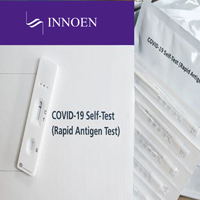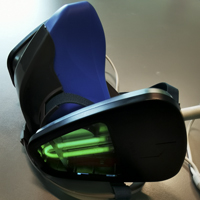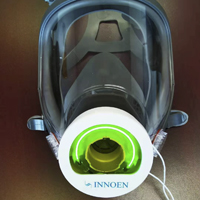The social distancing code of practice implies that a 2-meter visual distance between two persons can prevent infection. This belief never clarifies the 2-meter distance refers to a distance from the healthy person to the infected person or to the infected human respiratory air that comes out from the patient. If that refers to the infected human respiratory air, then the staying time of the infectious source (infected people) or the volume of infected respiratory air in a public space fully drives the spreading of COVID-19 or other infectious agents.
The human respiratory rate of adults is about 6-8 L/min, if an infected person stays inside an enclosed space for a short duration such as 5min, the social distancing code can reduce the infection between this person and the healthy people inside that space. However, with the increasing of the staying time, such as the patient stays in that space for hours, the social distancing guideline becomes useless. Because every minute the patient will exhale 6-8 liters of infected air to space, even if the healthy person can control his visual distance with the infected person, he or she can't control his distance with the invisible infected respiratory air in that space. Social distancing intentioned to mean the distance between a healthy person and the infected respiratory air, however, gets misunderstanding into the distance between two visual persons.
We can correct a safe social distancing in an enclosed space by the infectious source staying time as the following. Suppose the safe distance in space while an infectious source only stays for 5min is 2-meter, while the infectious source stays for one hour, the safe distance will be 4-meter, and so on. The formula can be written as:
Ti is the duration of the infectious source in the space. (In a public region such as a supermarket, a hospital waiting room, a classroom, or a bank counter, etc., T will be the sum of the duration time of all infectious sources on that location in a day.) This formula is only a quick estimation instead of an accurate calculation. However, it reveals the facts! We can clearly see from the formula how the staying time of infected sources impacts the safe social distance, if two persons work in the same place for 8 hours, the safe social distancing has to be enlarged to 16-meter. Also, in certain high frequency visited public regions such as customs corridors, hospitals, crowded supermarkets, bank branches, cinemas, passenger buses, trains, etc., due to the daily staying time of all infectious sources or the concentration of SARS-CoV-2 viruses in the airflow is unknown or uncontrollable, arrange a guideline to control the visual human distance for infection prevention is in vain.







